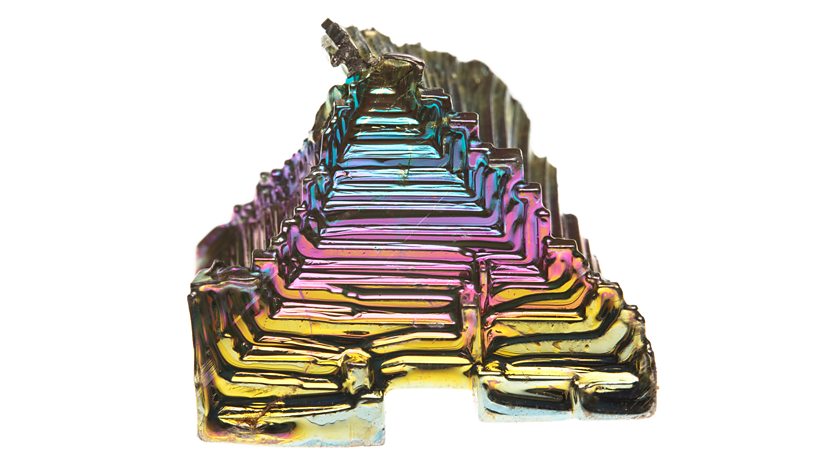Weird and Wonderful Elements in the Periodic Table
Posted 15th Jan 2020
The Cold War arms race, Ancient Egyptian make-up and medieval laxatives. What do all these things have in common? They all have a link to the periodic table, which turned 150 last year!
Here are some fascinating elements that you may never have heard of:
Krypton (Atomic number: 36)
Krypton derives from the Greek ‘kryptos’, which means ‘hiddenIs it a bird? Is it a plane? No, it’s krypton - although unfortunately it has nothing to do with Superman.
That doesn’t make this gas any less heroic though: during the Cold War, its radioactive isotope Kr-85 was used to estimate how quickly the Russian government was building nuclear weapons. This is because nuclear reactors produce krypton, so the West worked out how much gas was being produced in Russia by subtracting the Western share from the total amount of gas in the air.
As well as this, its compound krypton fluoride is used in some lasers. That in itself makes it extremely cool.
Curium (Atomic number: 96)
Curium, named after the double Nobel laureate Marie Curie and her husband Pierre, was discovered in 1944 by a scientist called Glenn Seabourg (along with his colleagues). Curium is made by bombarding plutonium with helium ions and makes this list because its compounds glow in the dark.
Don’t use them as a nightlight though: they glow like this because curium is really radioactive and therefore toxic. It’s also been to space on numerous occasions. It provides power to electrical equipment used on space missions, such as in the X-ray spectrometers in the Mars rovers.
Antimony (Atomic number: 51)
Antimony has been used for thousands of years and is even mentioned in the Qur’an.
Antimony has probably the most chequered past of all the elements on this list. Its first known use was quite glamorous, as it was used by the Ancient Egyptians in their eyeliner and mascara, in order to make it black.
It all went downhill from there for the poor element. In Medieval times, it was used medicinally as a laxative. But not just any laxative - a reusable laxative. Just think for a second about what that would mean. Disgusting. Not only that, but some families would actually pass an antimony laxative pill down from generation to generation. That’s one family heirloom we would be happy to pass on.
Copernicium (Atomic number: 112)
Copernicium was discovered fairly recently, in 1996. It’s named after the Renaissance scientist Nicolaus Copernicus, who was one of the first people to model the solar system with the Sun, rather than the Earth, at the centre.
The thing that makes this metal so ‘metal’ though, is that it turns into a gas at room temperature. Theoretically, you could breathe in metal. That’s extremely hardcore (although please don’t try it at home).
Bismuth (Atomic number: 83)
Its compound bismuth subsalicylate is also the main active ingredient in Pepto-Bismol - it probably tastes less like bubble gum in its elemental form, though.
Make-up seems to be a running theme with these elements, as bismuth is used in cosmetics too, as a colourant. It also makes extremely beautiful geometric crystals if you melt it down, then cool it really slowly.
The most striking thing about this element though, is that it is diamagnetic. Basically, this means that bismuth is repelled by magnetic fields, and in turn creates a repulsive force, pushing magnetic objects away from it. In practice, this means that if you place a magnetic metal between two pieces of bismuth, it will levitate. Who said chemistry couldn’t be cool?
Source: BBC Bitesize #Chemistry #science #learning #STEM
Photo: Bismuth



 Your basket is empty
Your basket is empty